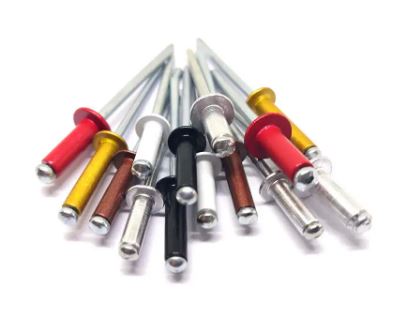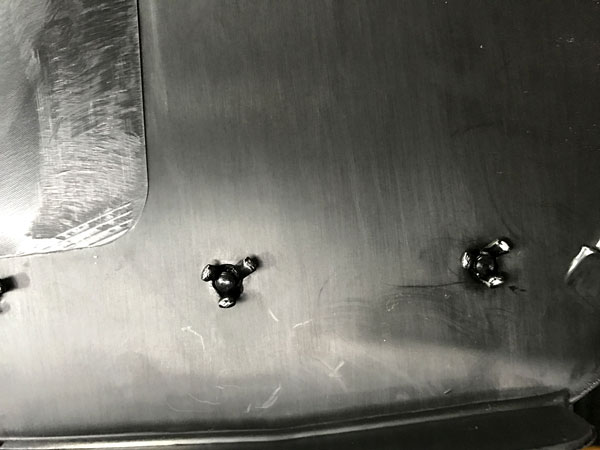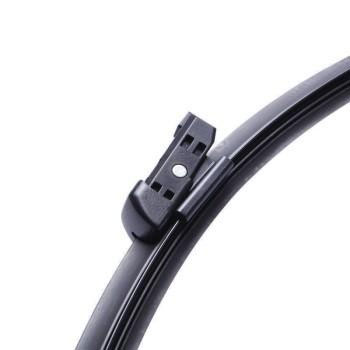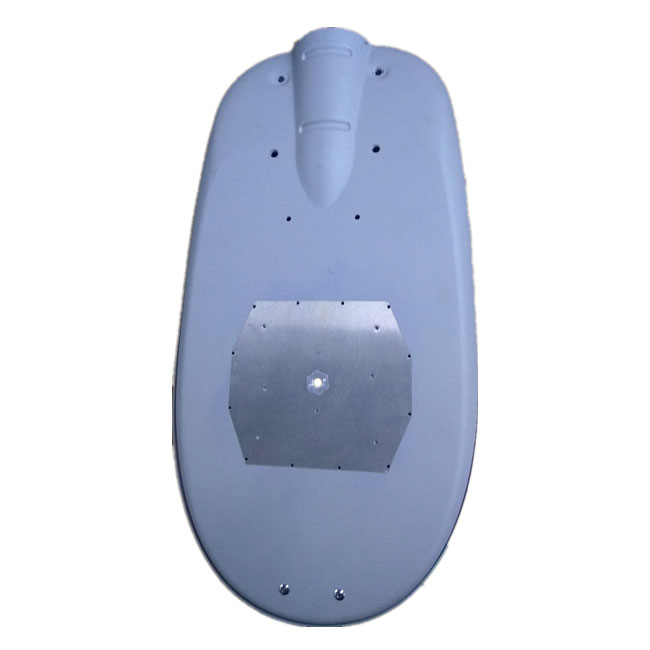What is thread pitting? Causes and standard solutions
Thread pitting is a common technical defect in the metalworking process, especially in mechanical parts such as bolts, nuts and components that require high precision. This condition not only reduces the aesthetics but also affects the quality, durability and safety of the product. We will help you learn in detail about thread pitting, its causes and the most effective ways to fix it.

Causes of thread pitting
Inaccurate machining process
The leading cause of thread pitting is due to errors in the machining process. When machines and machining tools wear or age, the accuracy of thread creation will decrease. This causes the threads on bolts or nuts to be misaligned or uneven, leading to thread pitting.
Poor quality metal materials
Substandard metal materials are also the main cause of thread pitting. Metals with uneven hardness or containing many impurities will easily cause errors during the machining process, causing defects on the thread surface.
Outdated machining technology
Using old, outdated machining technology or making imprecise manual threads will increase the risk of thread pitting. Workers lacking skills or experience can damage the thread structure, creating holes or rough spots on the surface.
Errors in quality control and inspection
If the product quality control and inspection are not strictly implemented, products with thread porosity will pass through and be put into use. This causes serious consequences in the long run.








